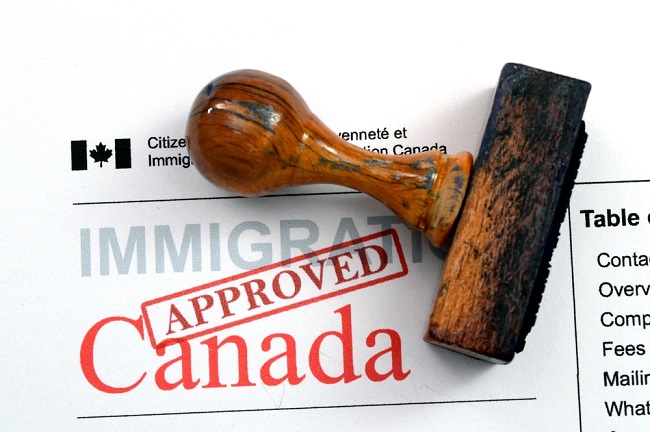
In our ever-evolving digital landscape, our online footprint expands continuously, leaving behind a trail of dormant accounts across various platforms. Among these platforms, Google holds a prominent position, with services like Gmail, Google Drive, and YouTube forming integral parts of our online lives.
However, Google’s recent implementation of a policy allowing the deletion of inactive accounts has sparked concerns among users regarding potential loss of access to their valuable data and digital memories. In this article, we’ll delve into the rationale behind Google’s account deletion policy, the associated risks for users, and proactive steps to safeguard your old accounts from being wiped clean.
Understanding Google’s Account Deletion Policy
Google’s decision to delete inactive accounts is rooted in its commitment to data privacy and security. By purging old and unused accounts, Google aims to mitigate the risk of unauthorized access and protect user data.
Nevertheless, this policy raises valid concerns for users who could inadvertently lose access to their accounts, along with vital information and cherished memories stored within them. To address these concerns effectively, it’s imperative to grasp the criteria Google employs to identify inactive accounts and the ramifications of account deletion.
The Risks of Account Deletion
For many users, their Google accounts serve as repositories for crucial documents, emails, photos, and memories accumulated over time. Losing access to these accounts could entail significant data loss and disrupt their online presence. Moreover, account deletion may result in the forfeiture of access to associated services such as Google Drive, Google Photos, and other Google platforms reliant on the user’s primary account.
In the instance of Google-owned platforms like YouTube, losing access to your Google account may entail the loss of uploaded videos, comments, playlists, and subscriptions.
Preventing Account Deletion
To safeguard your digital legacy and forestall Google from deleting your old accounts, proactive measures are essential. A straightforward solution entails maintaining regular activity on your Google accounts. Simply logging in and engaging with your Google services periodically can signal to Google that your account remains active.
Additionally, consider enabling two-factor authentication for an added layer of security, which can deter unauthorized access and potentially reduce the likelihood of account inactivity flags.
Another effective strategy to circumvent account deletion involves setting up reminders for account activity. By scheduling periodic check-ins and interactions with your Google services, you can uphold the “active” status of your account and shield it from deletion.
Furthermore, it’s critical to keep your recovery information, such as alternative email addresses and phone numbers, updated. This ensures you can regain access to your account swiftly in the event of challenges with account recovery.
In conclusion, while Google’s account deletion policy aims to bolster data security, it also poses risks for users’ access to vital information and memories. By understanding the rationale behind the policy and implementing proactive measures, users can mitigate the risk of losing access to their old Google accounts and preserve their digital legacies effectively.






